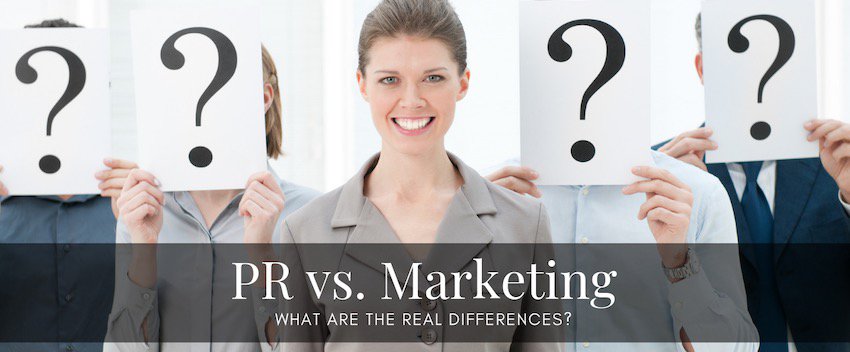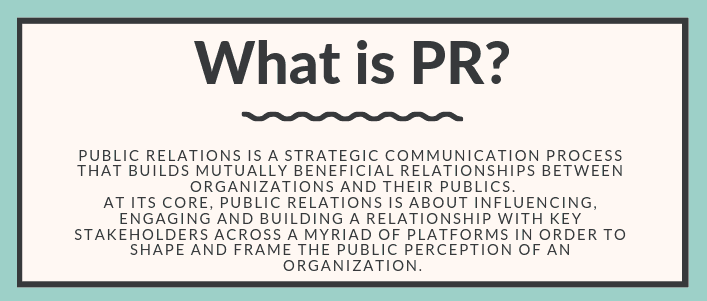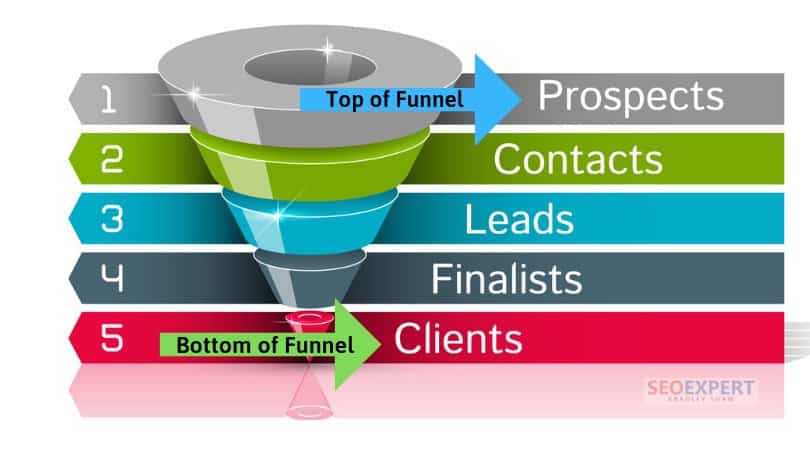
PR versus Online Marketing – What are the Differences?
The marketplace of the 21st century is digital.
It doesn’t matter if your business exists solely online or if you have a physical presence. It doesn’t matter what products or services you offer. It doesn’t matter what industry you occupy. It doesn’t matter how big or small you are.
We live in an increasingly digitized world, with an increasingly competitive business environment. As such, businesses of all shapes and sizes need that all decisive competitive edge.
A gorgeous website with great UX can bely a shabby physical presence.
Likewise, social media savvy and strong brand identity can even eclipse product quality. The digital presence is essential in familiarizing your target market with your product, converting them into clientele. It’s your most valuable asset in an ongoing battle for relevance and profitability.
When it comes to establishing a business identity online, most businesses rely on two discrete disciplines; Public relations and online marketing.
If you’re starting in business or even a veteran, the distinction between the two may be unclear. You may not fully understand the true meaning of either term, or how they apply to you. You may not know which is best suited to your business.
Here I will aim to define these sometimes confusing terms. I will also explain how you’ll likely need both for a successful 2019.

What is PR?
Public Relations (PR) is an umbrella term for how the public perceives your brand.
It concerns itself with how you come across in the eyes of your target market, And the general public at large. As such, it’s easy to see why marketing could fall under the public relations umbrella. That said, there are disciplines inherent in PR that are not strictly marketing exercises.
PR also uses a combination of digital and more traditional channels to sculpt the public perception of the brand. For example, press releases may inform digital campaigns, but they are a public relations exercise.
While public relations concerns itself with conversion rates to a certain extent, its primary focus is making the business look good. Thus, while virtually all marketing exercises could be considered part PR, it also includes…
Crisis Management
As hard as they work to be appealing to the public, all businesses encounter crises.
These can have a severe impact on the public perception of their brand. Now and then a high-level employee is accused of crime or misconduct. Sometimes a product is found to be harmful or damaging. Or, increasingly, someone tweets something inappropriate.
In such instances, crisis management becomes an essential part of PR. Think of crisis management along the same lines as reputation management.
Crisis management involves taking control of the narrative and mitigating the damage caused to the brand.
In an era where “bad” PR can go viral, effective crisis management is an essential discipline.
Influencers
In the social media age, relationships are a precious commodity.
Brands invest heavily in developing meaningful relationships with their clientele.
The trouble is that it’s hard to invest emotionally in a brand. It’s much easier to invest emotionally in other human beings — especially those whom we like and admire.
This is why influencers have become such an essential part of PR in recent years. They work in much the same way as the tried and true method of celebrity endorsement. The critical difference is that social media influencers are much more interactive with their following than most celebs.
Influencers can work wonders for your brand if they give your products a glowing endorsement. Influencer marketing can also be a double-edged sword. If an influencer speaks about your brand or your product in less than flattering terms, there’s little you can do to stop them.
This is why so many brands work hard on cultivating good relationships with influencers.
Social Media
While social media campaigns fall squarely in the lap of marketing, social media management is more holistic.
Public relations teams usually work with marketing departments on social media scheduling. They aim to ensure that a diverse stream of content is generated to prevent audience fatigue.
They will also identify and mitigate negative interactions on social media.

What is Online marketing?
PR is the holistic practice of maintaining a brand’s image; online marketing has a more specific focus. It is concerned with generating leads and driving conversion rates. As such, it has a different set of strings to its bow.
SEO
Search Engine Optimization (SEO) is the practice of positioning your brand above others in search engine results. It involves optimizing to your website and its content with the goal of ranking.
This includes ensuring that content is free of “red flags” that may make you a lower priority. Broken links, for example, are a notorious red flag. It also includes making your site easier for search engines to crawl and index. It also applies to ensure that the content uses appropriate keywords. Even posting regular content is considered an SEO activity. It’s a multi-faceted and nebulous discipline. But when brands get it right, they gain a considerable edge over the competition.
PPC or Paid Marketing
Many brands like to start the ball rolling with a Pay Per Click (PPC) campaign.
This marketing activity can help a campaign start with some momentum behind it. Brands can later capitalize on this with more organic means of driving SEO (e.g., content marketing).
Content marketing
Content marketing is a powerful tool.
It gives a brand a voice that can resonate with its target market. It can establish the brand as an authority in its chosen field. It can provide new leads that all-important important something for nothing and drive conversion rates.
For this reason, the regular development of high-quality SEO optimized content is an essential marketing tool. It establishes trust with Google and emotional investment in the brand. It can also help brands to stay relevant and capitalize on momentum from events and changes in its industry.

Difference Between PR and Marketing
Goals and outcomes
Perhaps the best way to differentiate between the two is to focus on their desired outcomes. Marketing and Digital PR strategies have subtly different goals, albeit with one clear endgame. Creating a successful online identity for your brand and business.
A commonly used metric in PR is Unique Monthly Visitors (UVM) for digital content. This paints a picture of how many people your content reaches. The bread and butter of PR departments, but it’s useless from a marketing point of view. A marketing department will want to know more about the levels of engagement and conversion rates.
There’s also some commonality here.
Both departments will be keen to know:
- Google SEO ranking factors
- Keyword rankings growth
- Cost per click
- Cost per lead
- Return on investment (ROI)
These will inform marketing departments of the efficacy of their campaigns. It will also give PR departments a snapshot of how keenly the public take to the brand.

Top Of Marketing Funnel (TOFU) vs. Bottom Of Funnel (BOFU)
Now we know a little more about PR and marketing and the discrete activities involved in both.
Drawing a clear delineation between these two disciplines can be hard. As you can see, there is a lot of bleed between the two. Influencer marketing, for example, falls clearly in under the remit of PR… Even though it has the word “marketing” in it.
If you’re still unsure of the difference, it may help to think in terms of a sales funnel.
When talking about PR and online marketing, it helps to think of their positioning in your sales funnel.
PR relates to TOFU (Top Of Funnel). It refers to engaging internet users, raising awareness of your brand and generating interest.
Online marketing relates to BOFU (Bottom Of Funnel).
It typically engages people who already have an intention to purchase. Your Online marketing reach will mostly include those who are already familiar with your brand. They may have used your business before, subscribe to your newsletter or follow you on social media.
Why both PR and Marketing are Essential
In a way, public relations vs marketing is something of a false dichotomy.
It’s like brushing your teeth vs. flossing.
While they are discreet activities which are done in different ways, they serve the same function — keeping your mouth clean and your dental hygiene on point. The same goes for Public Relations and online marketing. Perhaps this is why so many marketing departments are absorbed into PR departments. Digital marketing is a part of PR and PR informs marketing content.
To gain real traction, it’s likely that you will need both in 2019.
You will need PR to ensure the proper public perception of your brand. But digital marketing will drive traffic, conversion rates, and capitalize on the goodwill from your PR.

